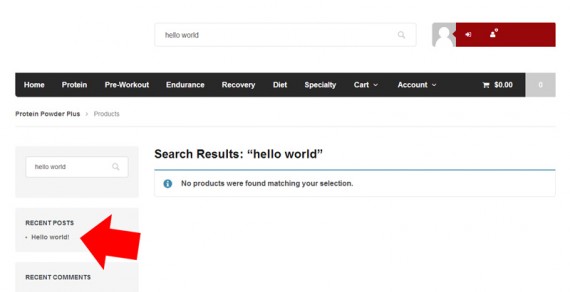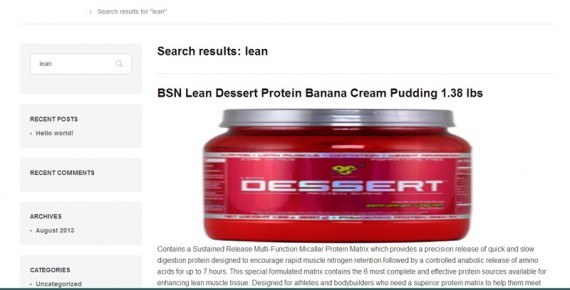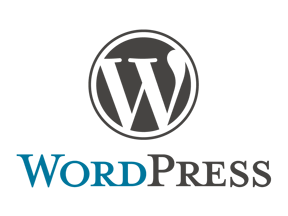WooCommerce is a popular WordPress plugin, designed to transform WordPress into a capable ecommerce platform. The plugin has many superb features and capabilities, but there are also at least three things online sellers should know before opening a WooCommerce-powered store.
These three concerns can impact a consumer’s shopping experience or the requirements for setting up and designing WooCommerce-enabled, WordPress shop.
Remember that WooCommerce runs on top of WordPress, which is one of the best multi-purpose content management systems. It is very flexible and relatively easy to customize. So none of these concerns are deal breakers, if you will, but they are things that will need to be addressed.
1. Potentially Confusing Product Search Widget
WooCommerce comes installed with a search widget that is built to return search results for products only. In many themes, the results this search widget returns are managed more like typical ecommerce search results. The results pages tend to look like product category pages, which is generally a good thing.
If an online store is using WooCommerce and WordPress strictly to display product information, this widget works very well.
One of WooCommerce’s greatest strength, however, is in the association with WordPress. Shops built on the WordPress, WooCommerce combination may have a distinct advantage in content marketing, since WordPress is such a good publishing platform. There is not a separate blog for the store, but a blog and store in one.
Unfortunately, merchants that take advantage of WordPress’ article publishing capabilities also create some customer confusion thanks to the aforementioned product search widget. Here is a rundown of the problem.
First, the product search widget is often shown front and center on WooCommerce sites, but a site visitor may not realize that this search form only returns product results. If the visitor is returning, as an example, to the site to find a great article seen the day before and uses the product search without realizing the limitation, that customer might be frustrated or confused when no search results are returned.

Using the product search for a post entitled “Hello world” yields no results, which could be confusing to the user.
Labeling the WooCommerce product search widget “Product Search” or “Search for Products” might help some visitors, but most folks expect search forms to return all possible results for the search being used.
Second, the standard WordPress search form returns results for products and content, but it is generally formatted for content. This means that if a customer using the standard WordPress search, which many WooCommerce themes place on content pages, for products the site will return a product result, but in a content format.
In some WooCommerce themes, this makes for less than a good presentation. The product image could be stretched, cropped, or distorted, and important product information, like the price, might be excluded.

This product search distorted the results, an image of a dessert jar.
Ultimately, WooCommerce storeowners will need to seek out a new search plugin or they will need to develop custom templates for the standard search and use it rather than the WooCommerce product search widget.
2. No Built-in Bulk Upload or Update Feature
WooCommerce does not include a bulk upload or update feature. Products added to WooCommerce, without the help of a plugin, must be entered manually one by one.
This is not a big deal for merchants selling a relatively few products. But if you have hundreds or even thousands of products to add, manual product entry simply won’t work.
WooThemes, the company that first created WooCommerce, offers a WordPress plugin that imports products from a CSV file, but the plugin costs $199 when not on sale. WebPresencePartners has a similar, albeit old, plugin that will also work for some merchants.
For ecommerce merchants using drop-shipping services or selling from a physical store, there is not a built-in way to automatically update inventory levels.
Nearly every online seller choosing to use WooCommerce will need to purchase a plugin or pay a developer to write a plugin if they hope to manage a large and changing product catalog. This should not stop someone from using WooCommerce, rather it is just something that needs to be part of the decision-making process.
3. Potential Challenges with Some WooCommerce Themes
A final concern has to do with WooCommerce themes. One advantage of using WooCommerce is that there are many good-quality themes available that will generally mean an online retail business needs few technical capabilities versus some other ecommerce platforms.
However, there is also a trend in WordPress theming to add “WooCommerce Capability” without really doing the things necessary to make an ecommerce site successful.
Put another way, there are lots of WordPress themes that will work with WooCommerce, but treat selling online as a secondary capability rather than as the site’s primary focus.
Merchants, especially small merchants, need to be careful to choose themes are intended specially for ecommerce.
Summing Up
WooCommerce is one of the most compelling ecommerce platforms available at present. But like any piece of software it has weaknesses. These weaknesses should not prevent a merchant from choosing and using WooCommerce. They should simply be understood before making a decision.





